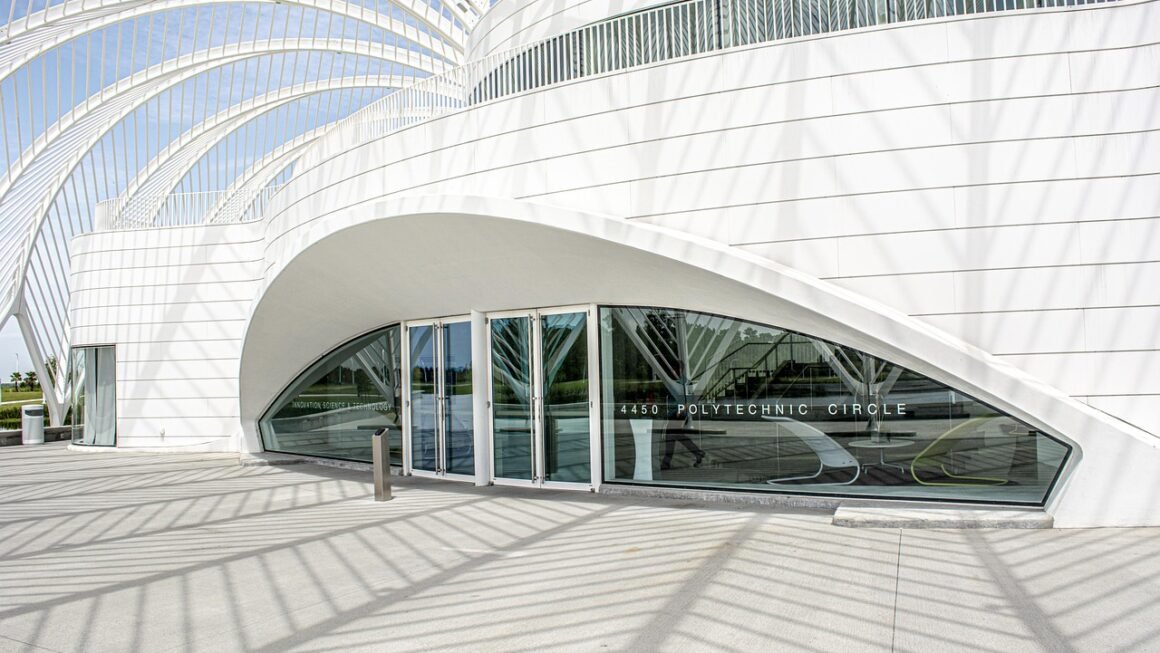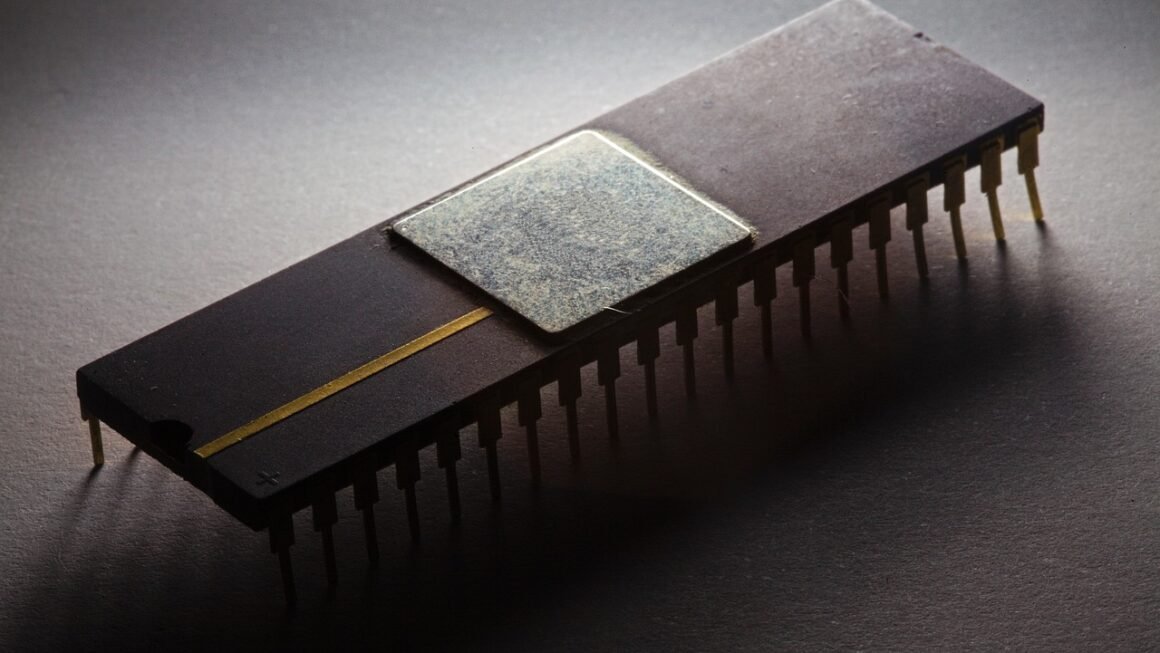Imagine stepping into another world, escaping the confines of your physical reality. This isn’t science fiction anymore; it’s the promise of virtual reality (VR), a technology that’s rapidly evolving and transforming the way we experience everything from gaming and entertainment to education and healthcare. Let’s dive into the world of VR and explore its capabilities, applications, and future potential.
What is Virtual Reality?
Defining Virtual Reality
Virtual Reality (VR) is an immersive experience that creates a simulated environment. Users can interact with this environment using specialized equipment, such as headsets and controllers. This interaction tricks the user’s senses into believing they are actually present in the simulated world. Unlike augmented reality (AR), which overlays digital information onto the real world, VR completely replaces the user’s view with a computer-generated environment.
Key Components of a VR System
A typical VR system includes several essential components:
- Headset: The headset displays the virtual environment to the user’s eyes. High-quality headsets offer high resolution, refresh rates, and wide fields of view for a more immersive experience. Examples include the Meta Quest 3, HTC Vive Pro 2, and Valve Index.
- Controllers: Controllers allow users to interact with the virtual environment. They track the user’s hand movements and translate them into actions within the VR world. Some controllers also offer haptic feedback, which simulates the sense of touch.
- Tracking System: The tracking system monitors the user’s position and movements in the real world and translates them into the virtual environment. This is crucial for maintaining a sense of presence and preventing motion sickness. Tracking systems can be inside-out (using cameras on the headset) or outside-in (using external sensors).
- Powerful Computer: A VR system requires a powerful computer to render the virtual environment in real-time. This typically includes a high-end graphics card (GPU) and a fast processor (CPU).
Types of VR Experiences
VR experiences can range from simple and passive to complex and interactive:
- Non-Immersive VR: This uses a standard screen to display a virtual environment, such as some simulator games.
- Semi-Immersive VR: Provides a partially immersive experience using large screens or projections, often found in flight simulators.
- Fully-Immersive VR: The most engaging type, utilizing headsets and controllers to create a complete sense of presence in the virtual world.
The Applications of Virtual Reality
VR is making waves across numerous industries, offering innovative solutions and experiences.
Gaming and Entertainment
VR gaming offers unprecedented levels of immersion. Players can step into their favorite game worlds and interact with them in a natural and intuitive way. For example, imagine playing a first-person shooter where you physically duck and cover behind obstacles. Games like Beat Saber, Half-Life: Alyx, and Resident Evil 4 VR have demonstrated the potential of VR gaming.
- Examples: Immersive story telling, interactive cinemas, VR theme parks.
- Benefits: Heightened engagement, innovative gameplay mechanics, new entertainment formats.
Education and Training
VR offers a safe and engaging way to learn and practice complex skills. Medical students can perform virtual surgeries, engineers can design and test prototypes in a virtual environment, and factory workers can train on dangerous equipment without risk.
- Examples: Surgical simulations, flight simulators, virtual field trips, safety training.
- Benefits: Reduced risk, cost-effective training, enhanced learning retention, accessible education for remote students.
Healthcare
VR is revolutionizing healthcare by providing new tools for diagnosis, treatment, and rehabilitation. It can be used to treat phobias, manage pain, and improve motor skills in patients with neurological conditions.
- Examples: Pain management, physical therapy, exposure therapy for anxiety disorders, surgical planning.
- Benefits: Non-invasive treatments, personalized therapy, improved patient outcomes, reduced reliance on medication.
Retail and Marketing
VR allows customers to experience products and services in a virtual environment before making a purchase. For example, a customer could virtually tour a hotel room or test drive a car from the comfort of their own home.
- Examples: Virtual showrooms, product demonstrations, immersive advertising, virtual tours.
- Benefits: Increased customer engagement, enhanced product understanding, improved brand loyalty, higher conversion rates.
Engineering and Design
Architects and engineers use VR to visualize and refine their designs in a realistic environment. This allows them to identify potential problems and make changes before construction begins.
- Examples: Architectural visualization, product prototyping, virtual simulations, collaborative design reviews.
- Benefits: Improved design accuracy, reduced development costs, faster iteration cycles, enhanced collaboration.
The Future of Virtual Reality
VR technology is constantly evolving, and the future holds even more exciting possibilities.
Technological Advancements
Future advancements in VR technology will focus on:
- Improved display technology: Higher resolution, wider field of view, and better color accuracy will create even more immersive experiences.
- Enhanced tracking systems: More precise and responsive tracking will allow for more natural and intuitive interactions.
- Haptic feedback: More sophisticated haptic feedback systems will simulate a wider range of textures, weights, and forces.
- Wireless VR: Wireless headsets will eliminate the need for cumbersome cables, providing greater freedom of movement.
- AI Integration: Artificial intelligence will be used to create more realistic and responsive virtual environments.
The Metaverse and Social VR
The metaverse is a shared, persistent virtual world that combines elements of VR, AR, and social media. Social VR platforms, such as VRChat and Meta Horizon Worlds, allow users to connect with each other in virtual environments, attend virtual events, and create their own virtual experiences.
- Examples: Virtual meetings, virtual concerts, online gaming with friends, collaborative design sessions.
- Benefits: Increased social interaction, new forms of entertainment, remote collaboration, immersive learning experiences.
Challenges and Opportunities
Despite its potential, VR still faces several challenges:
- Cost: VR hardware can be expensive, making it inaccessible to some users.
- Motion Sickness: Some users experience motion sickness when using VR headsets.
- Content Availability: The availability of high-quality VR content is still limited.
- Social Acceptance: Widespread adoption of VR requires greater social acceptance.
However, these challenges also present opportunities for innovation and growth. As technology improves and prices fall, VR is poised to become a mainstream technology that transforms the way we live, work, and play.
Conclusion
Virtual reality is more than just a futuristic fantasy; it’s a powerful tool with the potential to revolutionize numerous industries. From gaming and entertainment to education and healthcare, VR is already making a significant impact. As the technology continues to evolve and become more accessible, we can expect to see even more exciting applications and innovations in the years to come. Keep an eye on VR; it’s shaping the future of how we interact with technology and the world around us.



